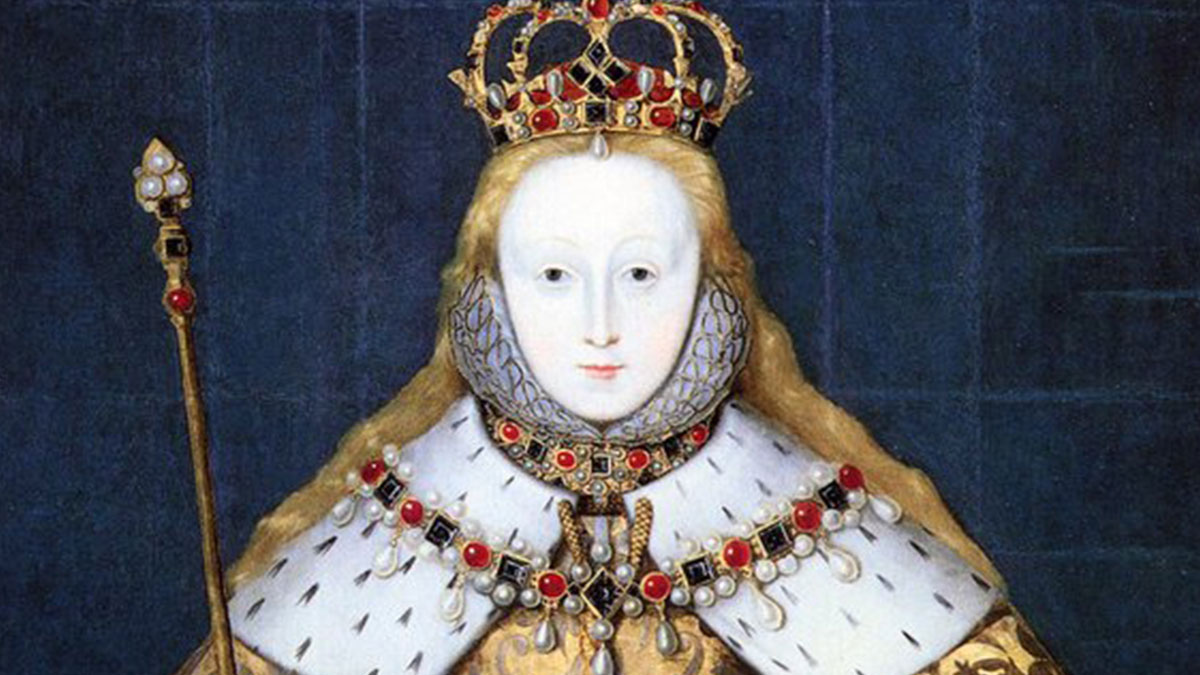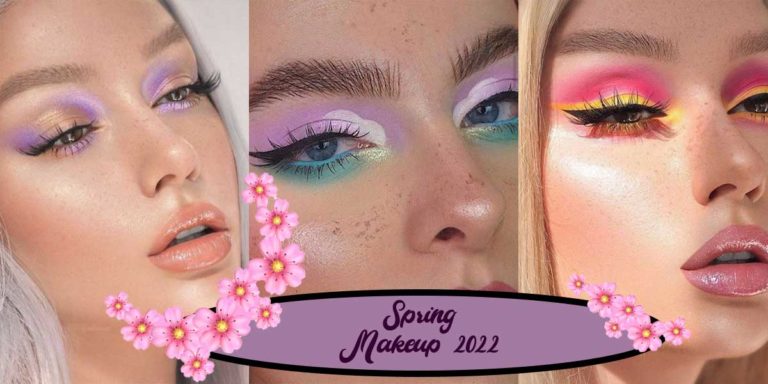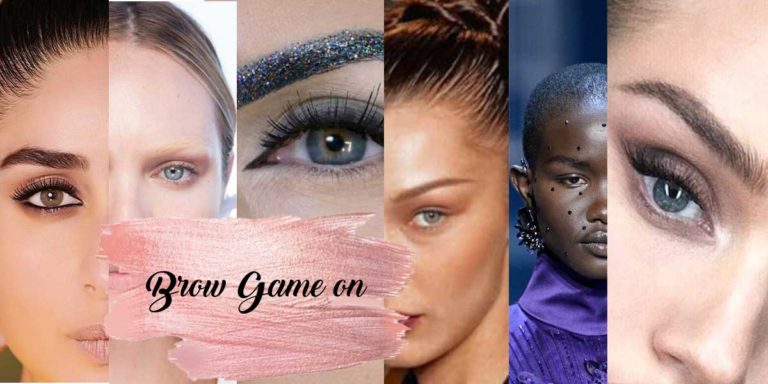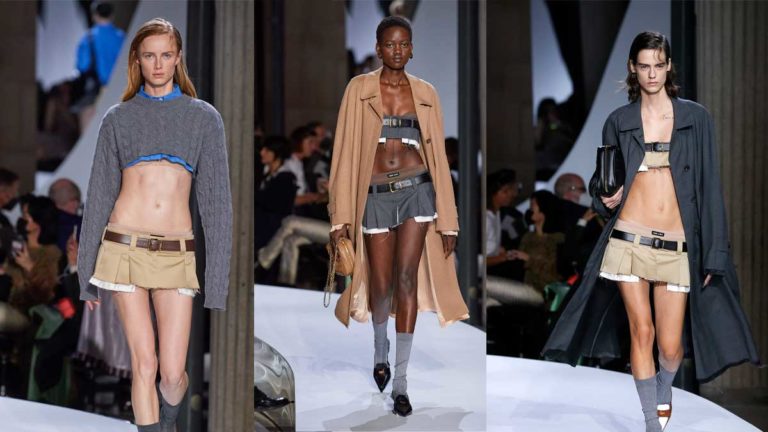Cosmetics companies worth billions, YouTube lessons on beauty, and broad interest in all things beautiful are now commonplace. This is all in contrast to the primitive approach to cosmetics that included some highly hazardous ingredients. In fact, certain royals in the past had a troublesome relationship with heavy-handed cosmetics. As a result, the English aristocracy of the time adored Queen Elizabeth I, who was notorious for her use of heavy layers of cosmetics in order to achieve a skin tone as white as snow.
Why did Queen Elizabeth I wish to cover her skin in most of the lethal chemicals that she regularly used? Makeup Routine of Queen Elizabeth is highly anticipated and an interest among many. Additionally, the king was attempting to conceal skin that was covered in many smallpox scars in order to maintain the beauty ideal of having a fair skin tone. Which is why Queen Elizabeth makeup thick was a reality back then.
Elizabeth was ill with smallpox on 10 October 1562, while she was suffering from a high fever. Despite her miraculous recovery, the sickness left her with unsightly scars all over her face. Additionally, she would be more open to criticism and judgment as a result, which she addressed in a speech to Parliament in 1586. A stain or imperfection may be seen in a prince’s clothing or his conduct very immediately, Elizabeth told him. “We princes, I assure you, we are put on stage in the sight & view of all the nation carefully examined,” she remarked. Makeup routine of Queen Elizabeth was as such- she used Venetian ceruse, a white-lead and vinegar-based makeup, to mask blemishes and hide her extensive scars. Something she smeared on her skin. Lead is a toxic chemical that may cause hair loss, skin degeneration, and even death if ingested over a lengthy period of time. Corrosion of the skin was almost certain.
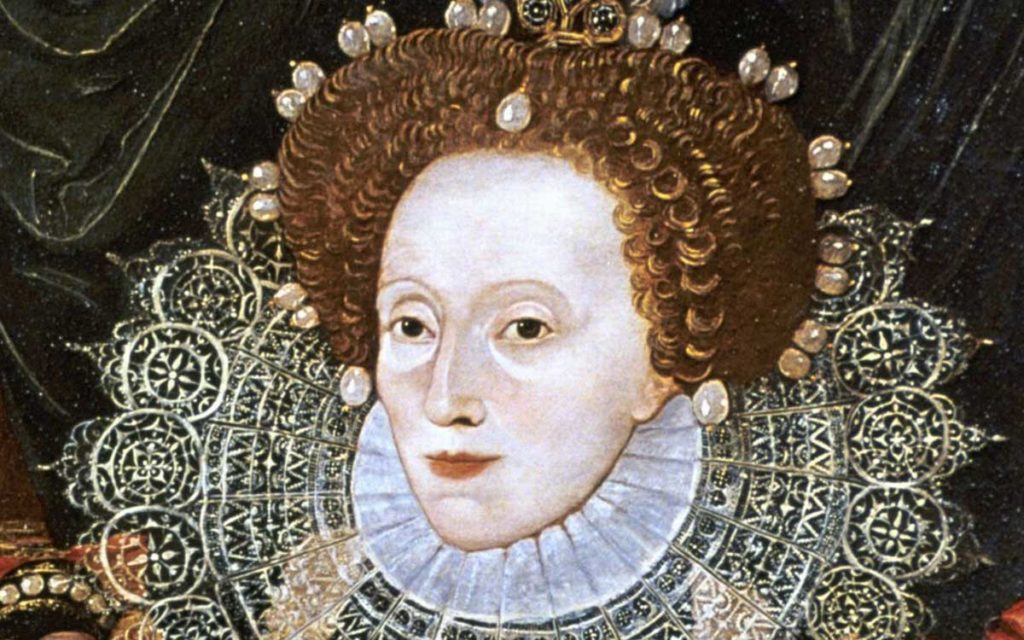
Queen Elizabeth Makeup Thick
During Elizabeth’s latter years, she is claimed to have piled on the layers, attaining a one-inch thick coating by the time she passed away. Furthermore, the Queen would’ve had her makeup done once a week would keep it on for the whole time, enabling the lead to fully penetrate the skin. Historians think that Elizabeth used a mixture of eggshells, alum, and mercury to remove her makeup. Memory loss, anger, and sadness are all side consequences of mercury poisoning, and the Queen herself suffered these symptoms at the end of the story. The mercury may also have slowly swallowed up her flesh.
Cinnabar, a poisonous mineral that contains mercury, was also used to make her characteristic crimson lip stain. In addition to mercury and lead, Elizabeth’s cosmetics routine was causing damage to her and her health at this time. It was created by Sir Roy Strong, a British art historian, in the 1970s to define Queen Elizabeth I’s late-period depictions. A lot of people see this as an allusion to the Tudor Court women’s ever-increasing layers of white makeup.
If you are into Vintage clothing then we have a detailed discussion ready for you.
As well as giving Elizabeth a false sensation of youth, the mask also gave her more control over her public image. Rather than an allusion to the cosmetics that was the definition of beauty at the time, it was likely propaganda. There are various theories about Elizabeth’s death in 1603, including cancer or pneumonia, but it’s also possible that she was in a condition of “deep sorrow” near the end of the story since she had lost many close friends. The increased use of both lead & mercury is likely to have exacerbated her underlying health issues and contributed to her decline and eventual death due to the makeup routine of Queen Elizabeth.
Sue Prichard, a senior art curator at the Royal Museums Greenwich, said: “At the time of the Armada raid, Elizabeth I was 55 years old. However, she seems considerably younger than her 55 years in the Armada Portrait.” Elizabeth was well-aware of the significance of looking one’s best, especially as one ages. Anti-Protestant propaganda depicted Elizabeth as an aging queen, whose body was rotten and unsuitable to rule. A mixture of “smoke and mirrors” and “paint,” which is what we today call cosmetics, was utilized to create Elizabeth’s appearance.” All of the women of the court maintained a light complexion as a sign of their social status and avoided working in the sun.
A white paste consisting of white lead & vinegar was also used to enhance the face’s appearance. Another paste prepared from ceruse, a solid mixture of lead carbonate & lead hydroxide, and colored with cochineal was used to color the cheeks and lips.” Powders produced from crushed alabaster and plaster of Paris were also used to improve a pale complexion. There’s a good chance Elizabeth began using cosmetics in 1562, when a non-fatal case of smallpox left her with some visible scars “To show their allegiance, Elizabeth’s ladies of the court mimicked their Queen in the Armada Portrait, which shows her determination to maintain a “mask of youth.” Their health suffered as a result of their choice, but they believed that ‘they were worth it’ in the end.”

